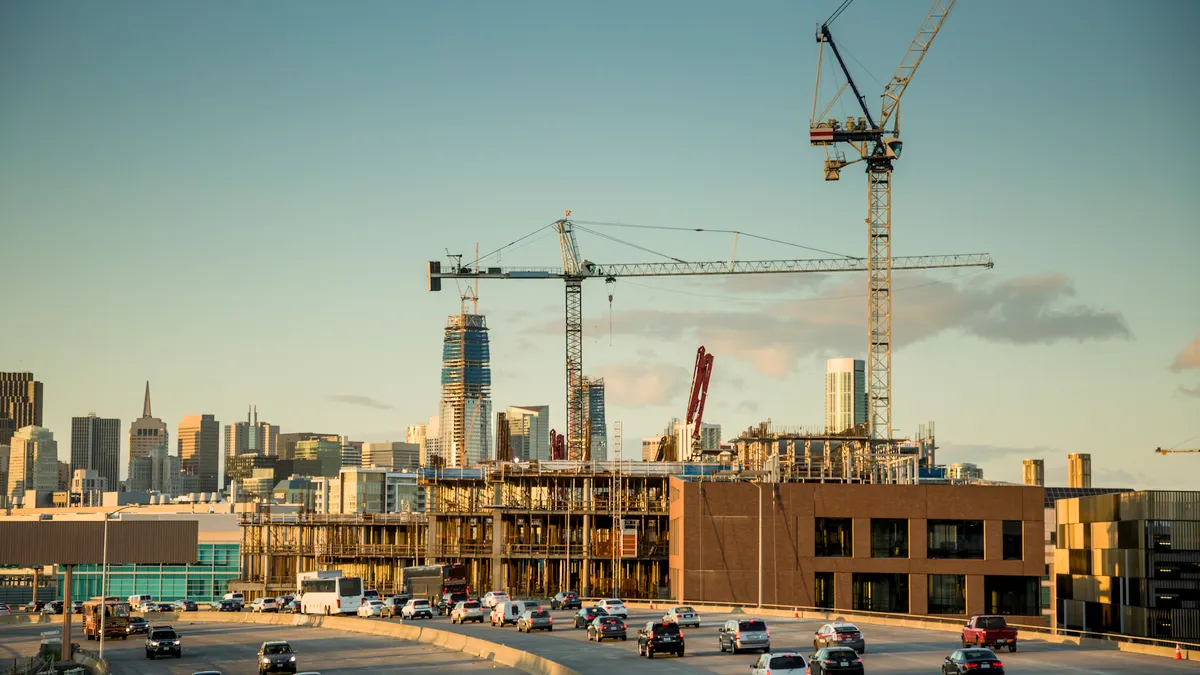Gina Ramirez is Midwest outreach manager for the Natural Resources Defense Council and an environmental justice activist on Chicago’s Southeast Side.
Like many major U.S. cities, Chicago has been shaped by decades of segregation. The city’s history of redlining held back communities of color economically, and it essentially subjected residents to housing borders that we were not allowed to cross. In these areas, residents not only contend with underfunded schools and parks but also bear the brunt of pollution emanating from massive industrial facilities and warehouses. A recent federal civil rights settlement gives me hope that our city can be an example of how to break down those invisible walls and inspire the same across the country.
The agreement reached between the U.S. Department of Housing and Urban Development, the City of Chicago and three community-based environmental advocacy groups was sparked by a proposal to relocate a metal-shredding facility, General Iron, from a gentrified part of the city to my Southeast Side neighborhood. At its former site, the operation had received numerous citations from the city in recent years for emissions and nuisance violations, and the company paid a $500,000 federal fine in 2021 to resolve Clean Air Act violation charges.
My community’s fight against this metal shredder was a turning point because it symbolized the fight against hundreds of other industrial facilities that have accumulated in Chicago’s communities of color over decades. Chicago, like other major cities, has made it easy for industries to set up shop in neighborhoods like mine. After years of neglect, our homes, schools, and parks are now surrounded by an overwhelming number of polluters, making it impossible to escape the effects of their operations. We had plenty of examples to draw from to demonstrate to HUD how discriminatory Chicago’s zoning laws are to this day. We knew that if we didn't stop this facility’s relocation, more would follow, and pollution would only continue to get worse on the Southeast Side.
We argued that discrimination took the form of “sacrifice zones” that were created by funneling industry into communities of color, and that the zoning and land-use laws that allow that to happen must be changed. After considering the long-term impacts of these discriminatory laws, HUD agreed that our civil rights were being violated when the city facilitated the metal shredding facility’s move to our community and “through a broader policy of constraining industrial and other polluting land uses to majority Black and Hispanic areas and relocating polluting facilities from predominantly White areas.” The finding called for city officials to take a proactive approach to make things right.
What initially emerged as a fight to protect one neighborhood from one more industrial facility has evolved into a blueprint that other major cities should seriously consider.
Zoning and land-use laws tend to have the same impacts of creating sacrifice zones in communities of color in cities across the U.S. The civil rights approach we used could also be used to address those communities’ environmental justice concerns.
The civil rights settlement will eventually lead to a comprehensive overhaul of Chicago's zoning and land use system and could guide changes in other U.S. cities as well. HUD's utilization of the legal theory of environmental pollution concentrated in communities of color being a civil rights violation sets a powerful precedent.
Industry will now face a much more rigorous permitting process, particularly in neighborhoods already overwhelmed by pollution, and Chicago will be required to consider the cumulative impacts of pollution from every source.
This agreement creates new, authentic avenues for community participation. I cannot begin to count the number of city-led meetings I’ve attended in the past where it was abundantly clear that community members were treated as mere props. Year after year, we implored city officials to address the same issues, only to be ignored as the problems persisted.
My motivation to address environmental justice stems from my son, who epitomizes the hope and aspirations we hold for the future. I want him to experience the simple joys of breathing and playing without the constant worry of toxic chemicals harming him. The transformation we are witnessing in Chicago will enable residents to meaningfully engage in decision-making processes, ensuring that their voices are heard and respected. We must take note of this pivotal moment and work together to build a society that values the well-being of every community.











